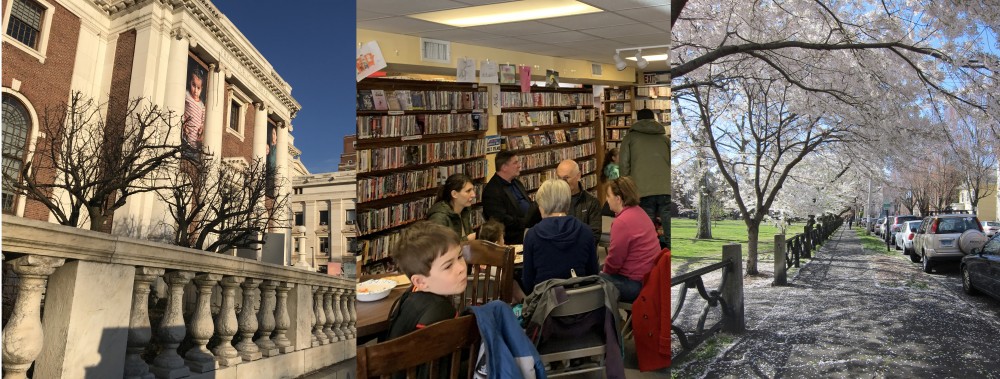On Social Value: Introduction
March 29th, 2019
Property Value, Life-Cycle Value, Value Engineering.
Value is a topic central to the Building Design and Construction industry. As architects, we are tasked with designing buildings that offer our clients a high value. We home in on efficiencies – in space planning, materials, and building systems to find the best solution which meets a budget. The winning designs are not necessarily the least expensive option, but are almost always the most strategic on a cost-benefit scale.
Something I like to talk about, but hear mentioned less frequently in the industry, is Social Value. I define this term as the value that a built environment provides to our community – corresponding with a financial scale only indirectly. Environments with high social value improve the well-being of our communities in a variety of ways, but primarily by providing a physical location that supports interaction among residents and by helping people to feel dignified in their surroundings.
Yes, architects must stick to real-world financial parameters, but at the same time, we are licensed to provide for the health, safety, and welfare of the populace. Public Health professionals report that people are healthier, safer, and less lonely in places where social ties are strong. These social ties are absolutely supported and bolstered by physical environments which embody a high social value.
The social impact of architectural design must be visited throughout the design process. Thoughtful attention by the design team, along with a hefty amount of community engagement, can introduce and improve the social benefits of our built environments, offering places for commune, for celebration, and for healing, even when these may be secondary to the architectural objective.
A recent reading of the book, Palaces for the People, by Eric Klinenberg, has inspired me to explore more deeply how our built environments can provide immeasurable social value to our communities. Klinenberg uses the term Social Infrastructure to describe the types of places that support positive and inclusive human interaction and he outlines the cumulative effect on health and safety that the presence (or absence) of these infrastructures can have on a neighborhood.
There are three types of Social Infrastructure in which I have personal or professional experience that I offer as starting points for discussion in the following series on Social Value – Our Castles, Our Nooks, and Our Gardens.









